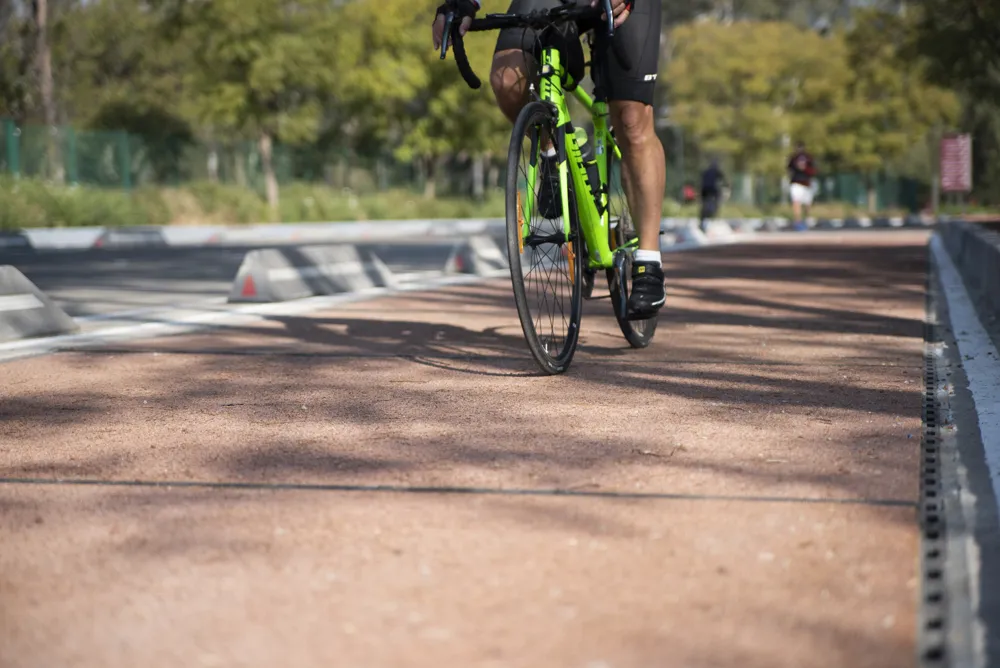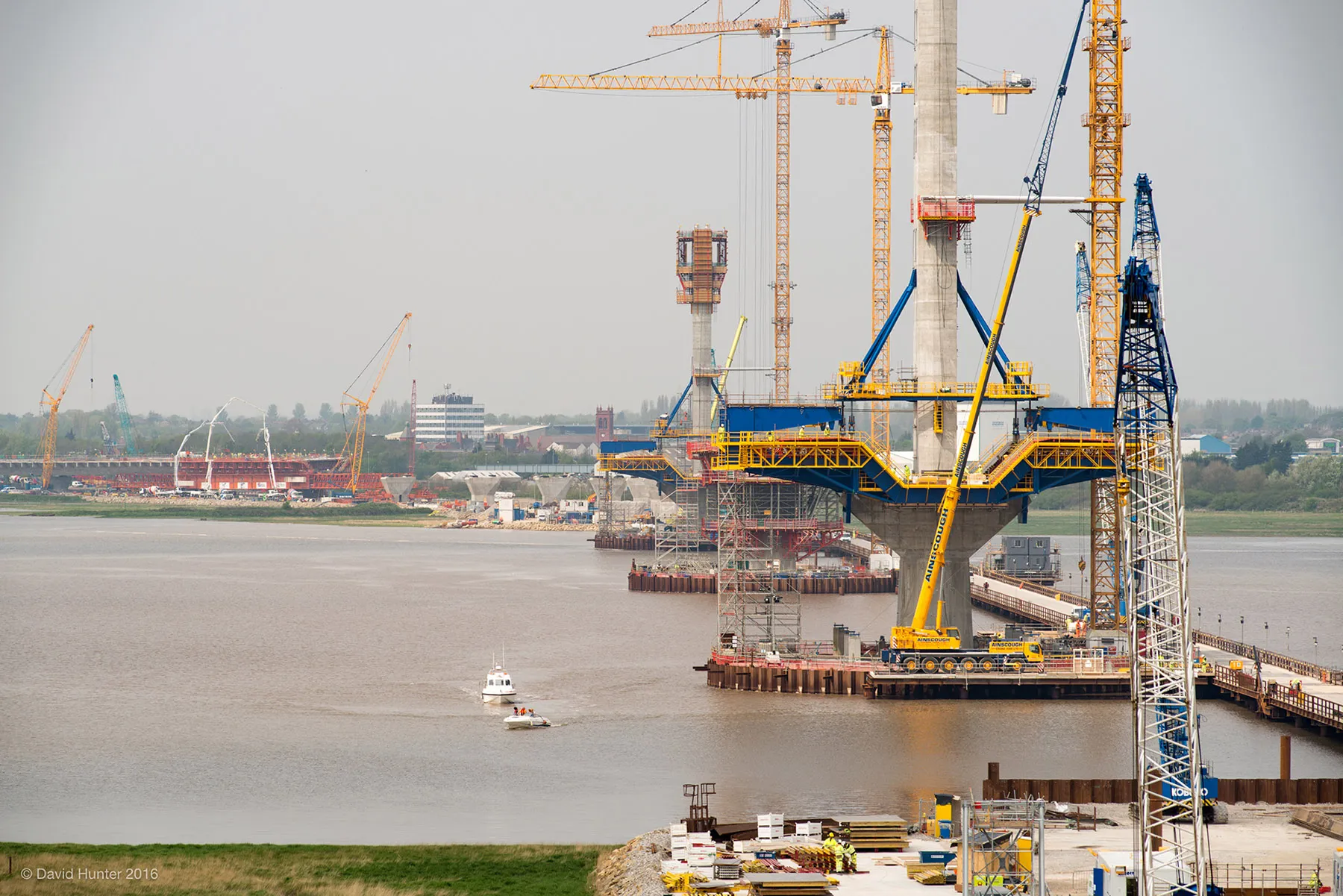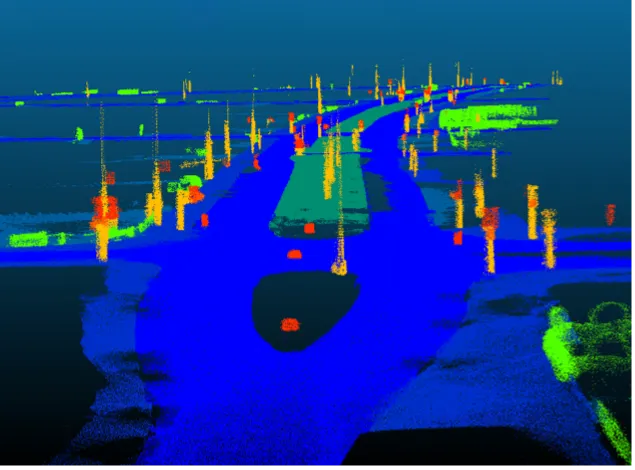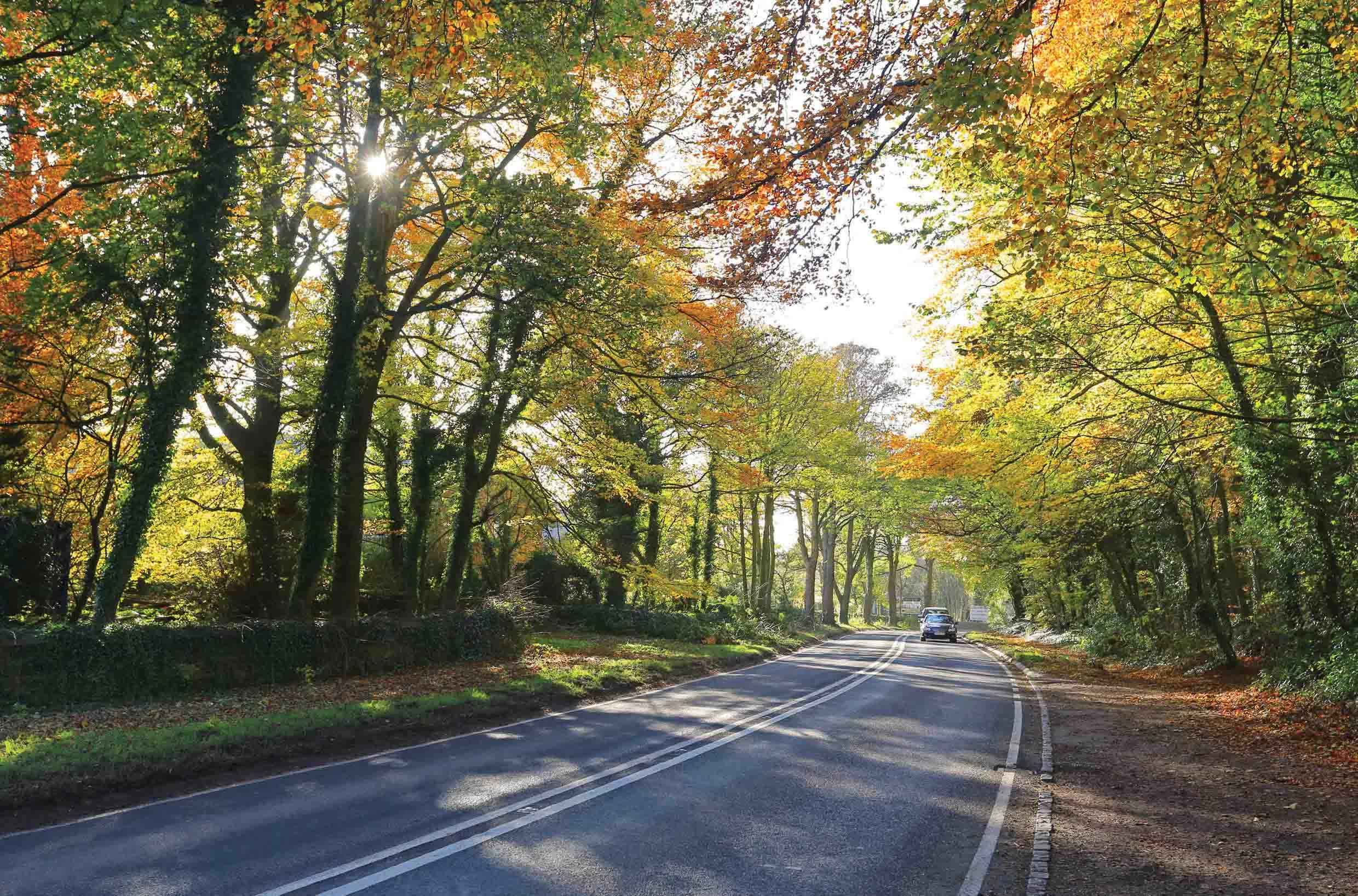
The councils will use Vivacity’s artificial intelligence and Internet of Things (IoT) technology to provide anonymous data on different transport modes and movement patterns.
Sensors will be deployed to gather more information about each borough’s cycle infrastructure, including the number of cyclists using the cycle lanes and main roads as well as the number of unauthorised vehicles illegally using the spaces.
Vivacity says this will help the councils to consider the areas to be included within expansion of cycle route networks and the type of infrastructure needed to aid the users.
In Sutton, 13 sites will have sensors and 17 sites have been identified in Kingston, with both councils including town centre locations.
The councils are carrying out the project as part of the South London Partnership, an initiative that seeks to deliver an IoT platform that will connect various sensors across borough boundaries.








